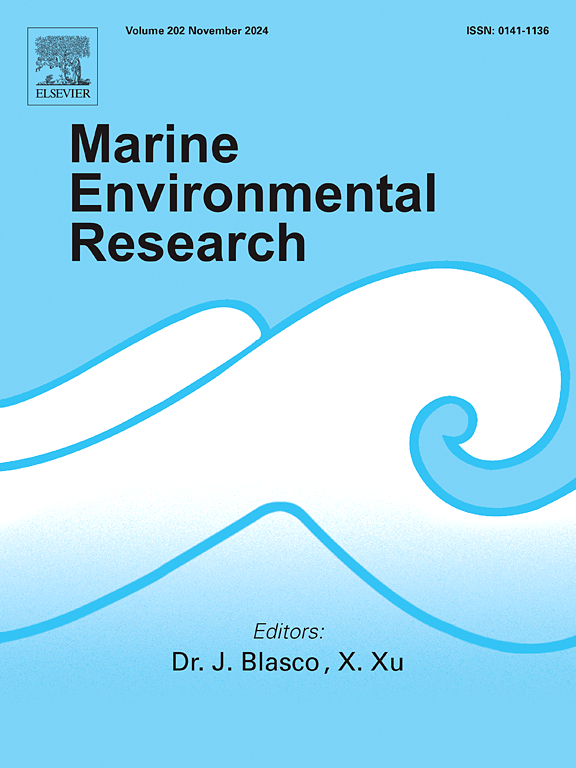Microplastic pollution in marine environments: An in-depth analysis of advanced monitoring techniques, removal technologies, and future challenges
IF 3
3区 环境科学与生态学
Q2 ENVIRONMENTAL SCIENCES
引用次数: 0
Abstract
Microplastics, recognized as toxic contaminants, have pervaded terrestrial, atmospheric, and marine environments, transitioning from emerging pollutants to pervasive threats. About 10 % of the plastic produced worldwide enters into the ocean which constitutes 85 % of marine litter. Microplastic distribution holds the highest concentration in the Atlantic Ocean whereas the Southern Ocean holds the lowest. Concerning microplastics, reports state that each year about 1.3 million metric tons of microplastics enter the ocean. The microparticles account for about 90 % of the floating ocean debris and over 75 % of these particles originate from land-based sources which include urban runoff, and mismanaged wastes. This review offers a thorough examination of the sources of microplastics and their environmental consequences and ecological impacts. The ubiquity of microplastics necessitates robust control measures, starting with their monitoring and detection in aquatic ecosystems to assess the effectiveness of mitigation strategies. Current removal methods, including physical, chemical, and bio-based techniques, are detailed, alongside advances in filtration, separation, and integrated hybrid approaches for microplastic control. The review concludes with perspectives on the limitations of existing methods and directions for future research in microplastic monitoring, detection, and removal.

求助全文
约1分钟内获得全文
求助全文
来源期刊

Marine environmental research
环境科学-毒理学
CiteScore
5.90
自引率
3.00%
发文量
217
审稿时长
46 days
期刊介绍:
Marine Environmental Research publishes original research papers on chemical, physical, and biological interactions in the oceans and coastal waters. The journal serves as a forum for new information on biology, chemistry, and toxicology and syntheses that advance understanding of marine environmental processes.
Submission of multidisciplinary studies is encouraged. Studies that utilize experimental approaches to clarify the roles of anthropogenic and natural causes of changes in marine ecosystems are especially welcome, as are those studies that represent new developments of a theoretical or conceptual aspect of marine science. All papers published in this journal are reviewed by qualified peers prior to acceptance and publication. Examples of topics considered to be appropriate for the journal include, but are not limited to, the following:
– The extent, persistence, and consequences of change and the recovery from such change in natural marine systems
– The biochemical, physiological, and ecological consequences of contaminants to marine organisms and ecosystems
– The biogeochemistry of naturally occurring and anthropogenic substances
– Models that describe and predict the above processes
– Monitoring studies, to the extent that their results provide new information on functional processes
– Methodological papers describing improved quantitative techniques for the marine sciences.
 求助内容:
求助内容: 应助结果提醒方式:
应助结果提醒方式:


